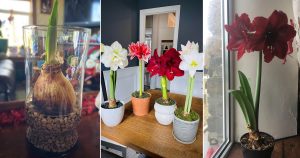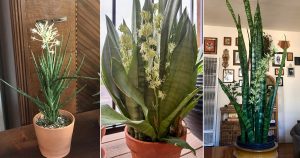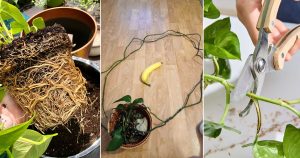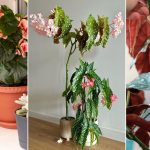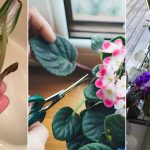Growing olive trees (holy land or domestically grown varieties) definitely falls into the category of delayed gratification. That being said, like many things in life, they’re worth the wait. Under the proper conditions, olives don’t begin to bear fruit until they are about five years old. This means that the tree you purchase at a nursery will probably not produce any fruit for at least 2 years after you bring it home. Luckily, olive trees are beautiful and worth growing purely as an ornamental tree, so you’ll have something nice to look at while you wait.
In the past, when writing about how to grow particular plants in a container, I wrote encyclopedia-length articles (see How to Grow an Apple Tree in a Container). I don’t really have the attention span to write such a post today (I caught a cold on that cruise last weekend), and I suspect you all would appreciate a more concise post anyway (right?).
Varieties of Olive Suitable for Container Growing
There are two very general types of olive, fruiting and fruitless. In case that wasn’t self-explanatory enough, some olives produce fruit that you want to eat, while others don’t produce fruit and are grown solely as an ornamental plant.
In the fruitless category, one variety I have worked with and had a lot of success growing in containers is Majestic Beauty. It is slow growing and has all of the beautiful attributes you’d like in an olive tree (multi-branch trunk, silvery-green foliage, etc) sans the messy fruit. If grown in the ground, Majestic Beauty can get to 25 feet tall, but in a container it will stay a nice patio tree size, well under 8 feet. Another dwarf fruitless variety is Little Ollie. I often see them trained as single ball topiary trees about 3-4 feet tall.
There are a number of fruiting varieties that are suitable for container growing, as olives are generally slow growers. But these varieties are ones I know will do well in containers:
- Arbequina (zones 7-10) – Is slow growing and has a weeping habit. Produces inch long fruit that can be picked green or black. Responds well to harsh pruning, so it would be a good choice for someone who doesn’t feel confident about their pruning skills, or for balconies with a low overhang.
- Picholine (zones 8-10) – Has an open, airy, upright habit. Pick fruit green. Picholine olives are highly prized by olive connosieurs.
Caring for Olive Trees
Olives are pretty low maintenance, great for someone who is new to growing fruit trees, or who likes plants that don’t mind a little neglect. Choose a large pot, something in the range of 24 inches wide and at least the same depth, and fast draining potting soil.
- Sun: Full sun to bright partial shade. Can withstand hot, baking sunlight.
- Watering: Allow them to dry out a bit in between waterings, never allowing the soil to become saturated. When the soil is dry in the first two inches, it’s time to water.
- Fertlizer: Use a high nitrogen fertilizer, something like a 17-6-10 timed release would be perfect.
- Pruning: Thin out young plants to 3-4 main branches. After blooming in spring, clip the tips of the branches. Make the cut just above the point where a pair of leaves attaches to the stem. Leave each branch at least six inches long, but how much longer is up to you and what will look good on your balcony or patio.
- Winter Care: If you live in zone 7 or lower, bring your tree inside for the winter. Leave it in a cool room, away from a heater or furnace, near a south or west facing window.
Olives are wind pollinated, and generally self-fertile. However, you will get better fruit production if you have more than one tree. Be sure to either choose two of the same variety, or if you are picking different varieties, two or more trees that bloom at the same time. Also, fruiting olives need two months of winter temperatures below 50F and above 22F, so plan to move your tree indoors at a strategic time so that they can get the cold weather they need without being damaged by temperatures that are too low. Obviously, if you have chosen a fruitless variety, you’ll be just fine with only one tree (or as many as you’d like) and almost any kind of winter conditions above freezing.
Pests
The only pest most balcony or patio olive growers need to worry about is scale, which is easy to treat with insecticidal soap or BioNeem. Spray the entire tree according to the package instructions. If your tree is indoors, be sure to choose an insecticidal soap approved for indoor use.
Pickling
This is a helpful pdf about olive pickling techniques from the University of California extension office.

